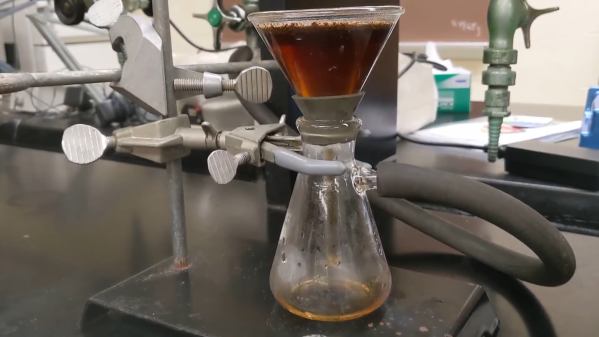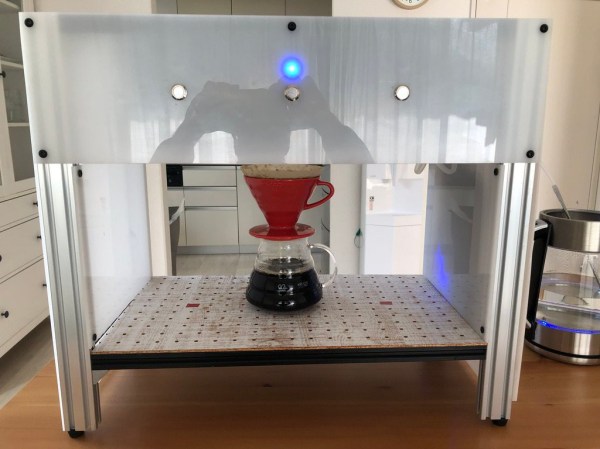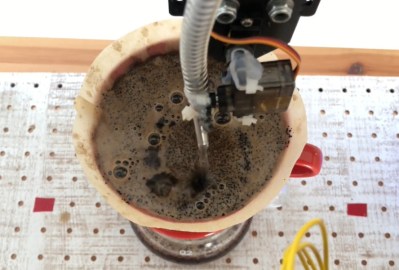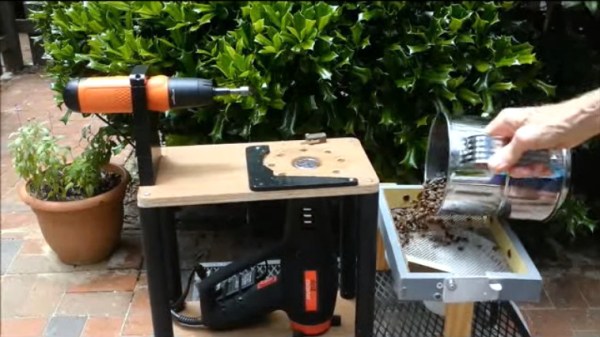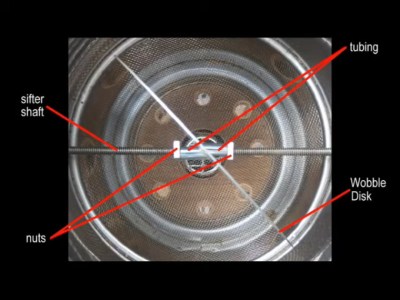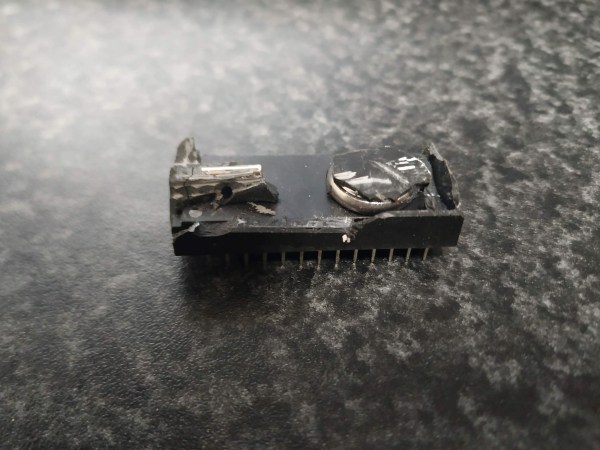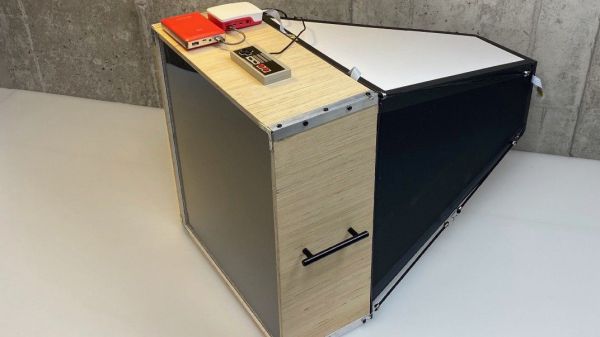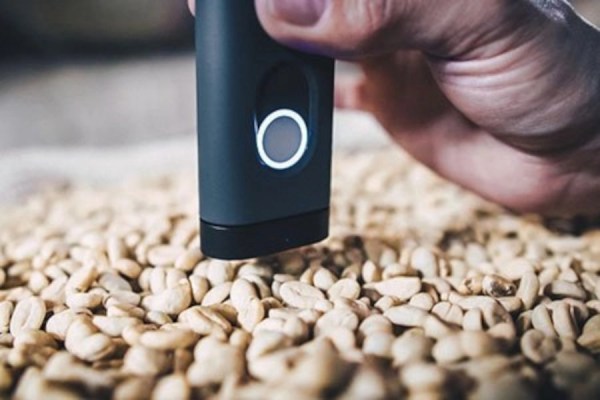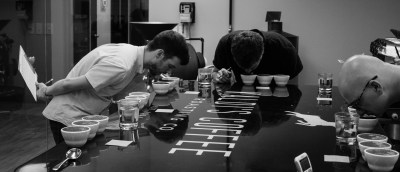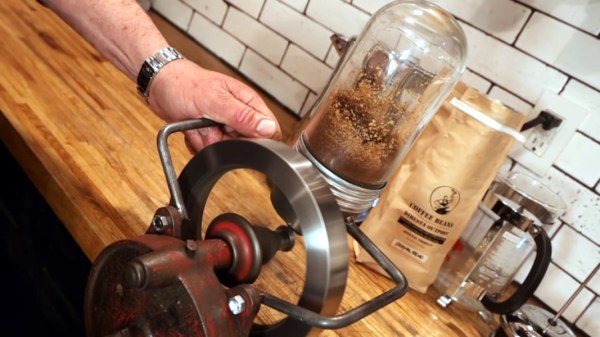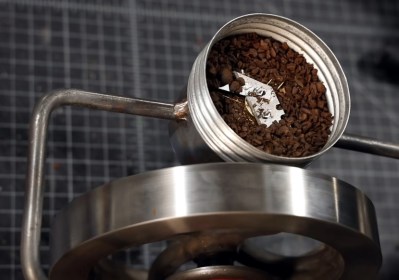Typically, when we think of 3D printing, we think of gooey melted plastics or perhaps UV-cured resins. However, there’s a great deal of research going on around printing special impregnated filaments with alternative materials inside. [Ahron Wayne] has been working on these very materials, and decided to make himself a brew with a prototype print.

It’s a complex process, and one that leads to some shrinkage in dimensions as well as porosity in the final part. However, where some might see failure, [Ahron] saw opportunity. The porous printed part was used to filter coffee, with the aid of a little vacuum from what sounds like a water venturi.
[Ahron] notes it’s not a particularly efficient way to make coffee but it did work. We’ve seen exciting work with steel-impregnated filaments, too. Video after the break.
Continue reading “Filtering Coffee Through 3D Printed Glass”

